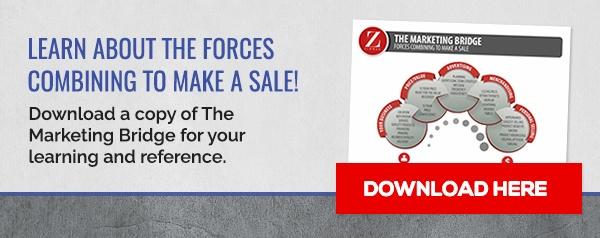 This view holds that traditional marketing is noted for its focus on product, price, place, and promotion -- the 4Ps. These 4Ps were designed to guide marketers as they developed strategies for growth. Some marketers are suggesting that the 4Ps be expanded to include other factors such as process and people to make the traditional 4Ps fit into a digital marketing strategy.
This view holds that traditional marketing is noted for its focus on product, price, place, and promotion -- the 4Ps. These 4Ps were designed to guide marketers as they developed strategies for growth. Some marketers are suggesting that the 4Ps be expanded to include other factors such as process and people to make the traditional 4Ps fit into a digital marketing strategy.
- Product. Product emphasizes consumer awareness of the variety, packaging, design, quality, and features of a product or service.
- Price. What the customer is willing to pay for a product or service determines the price.
- Place. Place means access. Deciding where to place a product or service determines customer accessibility.
- Promotion. Promotion refers to advertising, sales or discounts, and public relations.
- Process. Automation is an integral part of the customer experience, which should be evaluated to determine how to deploy it to meet customer expectations.
- People. Companies need people who can communicate and empathize with customers and their needs. They need to find the right people for the right job at the right time.
Theories on how four, six, eight, or ten Ps apply to both digital and traditional marketing are constantly debated. Some believe the Ps are outdated; others think the Ps should be modified. The ultimate problem, however, is that this view confuses traditional marketing with the “traditional marketing mix.”
Offline Marketing
Within the industry, some divide digital and traditional marketing along the lines of online and offline tactics. However, the line between the two can blur. For example, offline marketing usually encompasses:
- Signage
- Billboards
- Direct Mail
- Flyers and brochures
- Telemarketing
- Event marketing
Anything involving the internet or related technologies is not part of traditional marketing. However, signage and billboards now use digital technologies to display and change verbiage and graphics. Even event marketing requires digital tools to plan and execute successfully. The online-offline dividing line is no longer a clear boundary.
Traditional and Digital Marketing
Rather than looking at what is different between the two approaches to marketing, why not identify what they have in common? Both are concerned with adding perceived value to the customer’s experience of a product or service. That means using both types of marketing because no one is exclusively online or offline. It involves using both approaches to:
- Boost Awareness
- Expand Reach
- Establish Brand
- Drive Customer Action
For example, combining TV and advertising on online streaming platforms such as YouTube can reach more people than either TV or YouTube would reach by themselves.
CONCLUSION
Combining traditional and digital marketing is a wise approach when trying to reach a large segment of the population. Not everyone is 100% digital, nor are people just offline. Whether a business is primarily a brick and mortar store or an online merchant, both can benefit from a marketing strategy that incorporates traditional and digital marketing. Traditional marketing is not “just” marketing, but traditional marketing is best used in conjunction with digital marketing, regardless of how you define it.

